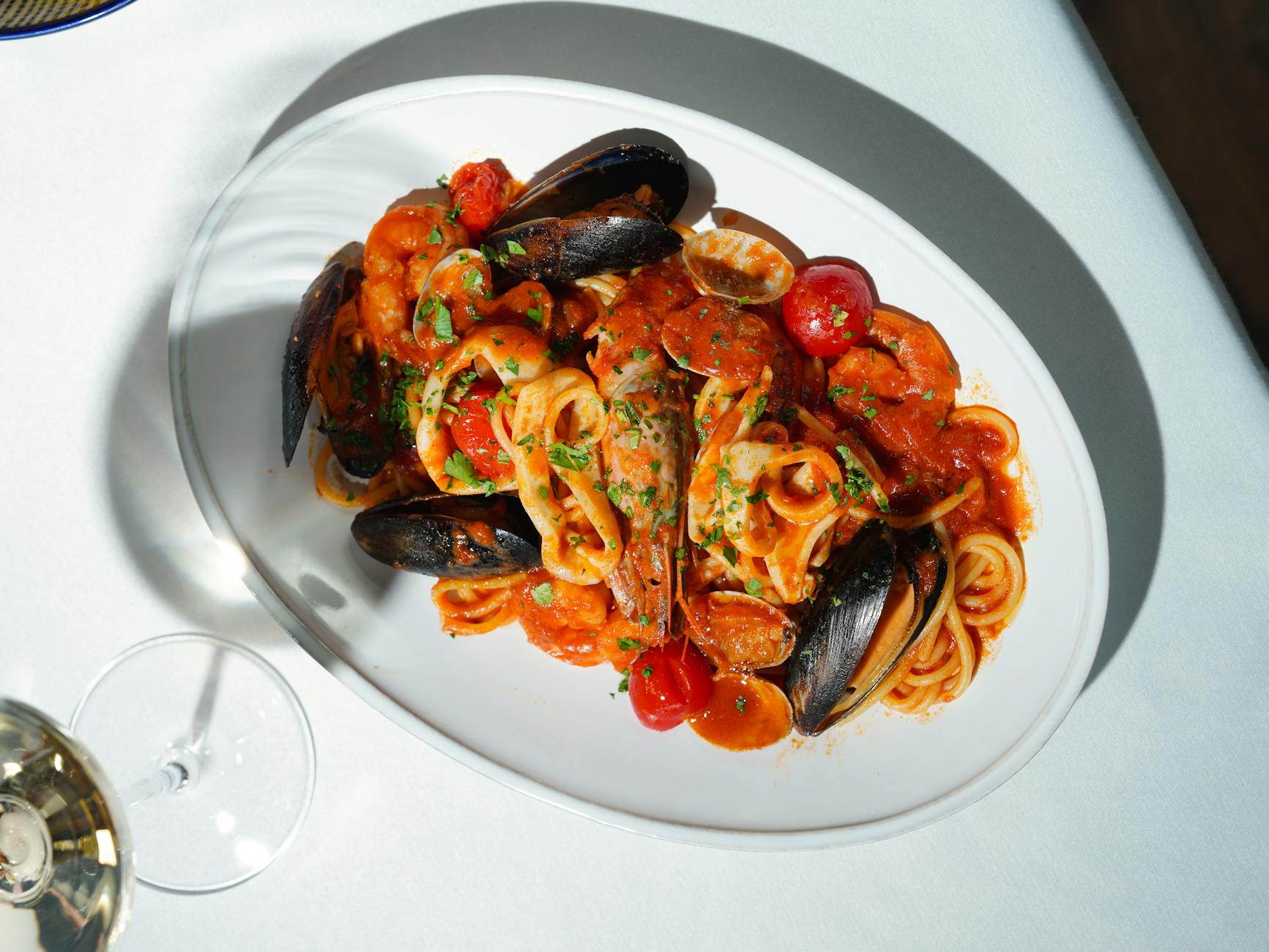Seoul’s Beauty Scene Gets Personal: Monclos Unveils a New Era of Experiential Retail
Beyond the Transaction: Monclos Crafts Bespoke Beauty Journeys for the Modern Seoualian
Seoul, a global epicenter of beauty innovation, has long been a proving ground for cutting-edge retail concepts. In this dynamic landscape, Monclos has stepped forward, unveiling a brand experience space that promises to redefine the very essence of beauty shopping. Moving beyond the transactional, Monclos is championing a personalized and sensory-driven approach, meticulously crafted to resonate with the discerning tastes of ‘Seoulians,’ a term used to describe the city’s sophisticated and trend-aware consumer base.
Context & Background
The beauty industry, particularly in South Korea, has witnessed a significant evolution. Traditional retail models, often characterized by a wide array of products and standardized customer service, are increasingly being challenged by a demand for more intimate and tailored experiences. Consumers are no longer simply seeking products; they are seeking connections, education, and a sense of discovery. This shift is fueled by a generation that values authenticity, personalization, and brands that understand their individual needs and aspirations.
Monclos’ entry into this market is not an isolated incident but rather a reflection of a broader trend sweeping across various retail sectors globally. The concept of the “experience economy” has gained considerable traction, with brands investing in creating memorable and engaging physical spaces that foster deeper customer relationships. In the context of beauty, this translates to environments that offer more than just shelves of products; they provide opportunities for customers to interact with brands on a personal level, to understand the science and artistry behind the formulations, and to discover solutions that are uniquely suited to them.
The term ‘Seoulians’ itself encapsulates a nuanced understanding of the target demographic. It suggests a consumer who is not only up-to-date with the latest global trends but also possesses a deep appreciation for local nuances and a desire for products and experiences that cater specifically to their lifestyle and environmental factors. This includes an awareness of skin types prevalent in the region, as well as an understanding of the cultural significance of beauty in Seoul.
Monclos’ strategy appears to be rooted in this granular understanding, aiming to create a retail destination that feels less like a store and more like a curated sanctuary for beauty exploration. The focus on personalization is a key differentiator, moving away from a one-size-fits-all approach to one that acknowledges the unique biological and aesthetic characteristics of each individual.
In-Depth Analysis
At its core, Monclos’ brand experience space is designed to be a hub of personalized beauty discovery. The emphasis on “sensory engagement” suggests an environment that stimulates multiple senses, moving beyond visual merchandising to incorporate elements that appeal to touch, smell, and even sound. This holistic approach aims to create a more immersive and memorable brand interaction.
The personalization aspect is likely to manifest in several ways. This could include:
- Personalized Consultations: Offering in-depth consultations with beauty experts who can assess individual skin concerns, preferences, and lifestyle factors. This may involve advanced diagnostic tools to analyze skin conditions.
- Customized Product Recommendations: Utilizing data and expert knowledge to suggest products and routines tailored to specific needs, moving beyond generic best-seller lists.
- Interactive Product Trials: Allowing customers to experience product textures, scents, and immediate effects in a controlled and informative manner.
- Educational Workshops and Events: Hosting sessions that delve into specific ingredients, application techniques, or skincare philosophies, empowering consumers with knowledge.
- A Curated Selection: Potentially focusing on a carefully selected range of brands or products that align with Monclos’ philosophy of quality, efficacy, and innovation, rather than overwhelming consumers with sheer volume.
The success of such a model hinges on the quality of the staff, the technological integration, and the overall ambiance of the space. A truly effective brand experience space needs to seamlessly blend human expertise with innovative technology to deliver on its promise of personalization.
The trend of experiential retail in the beauty sector is not new, but Monclos appears to be elevating it by specifically targeting the nuances of the Seoul market. This hyper-localization, coupled with a focus on deep personalization, could prove to be a powerful combination. By understanding and catering to the specific desires and expectations of ‘Seoulians,’ Monclos aims to build brand loyalty and establish itself as a trusted advisor in the beauty journey of its clientele.
It’s important to consider how Monclos might navigate the competitive landscape. Seoul is home to numerous beauty retailers, from large department stores to independent boutiques and established K-beauty brands. Differentiation will be key, and Monclos’ commitment to a deeply personal and sensory experience positions it as a distinct offering. The challenge will be in consistently delivering on this promise and communicating its value proposition effectively to its target audience.
Furthermore, the integration of digital and physical retail will likely play a crucial role. While the article focuses on a physical space, the ability to extend the personalized experience online through virtual consultations, personalized product curation on their website, or loyalty programs that recognize individual preferences could significantly amplify their reach and impact.
Key Takeaways
- Monclos is launching a brand experience space in Seoul focused on personalized and sensory retail for ‘Seoulians.’
- The initiative reflects a broader trend in retail towards experiential and customized customer journeys.
- Personalization is expected to be delivered through expert consultations, tailored product recommendations, and interactive product experiences.
- The concept aims to create a deeper connection between consumers and brands by offering more than just a transactional shopping experience.
- Success will depend on the quality of expert service, technological integration, and the creation of an immersive, multi-sensory environment.
Future Outlook
The success of Monclos’ approach in Seoul could set a precedent for other beauty retailers looking to connect with increasingly sophisticated consumers. As the lines between online and offline shopping continue to blur, brands that can offer unique, personalized, and emotionally resonant experiences in their physical spaces are likely to gain a competitive edge.
The focus on sensory engagement also aligns with a growing consumer interest in the holistic aspects of beauty, which often go beyond the visible results to include the ritual, the scent, and the tactile experience of using a product. Monclos’ investment in this area could position them as a leader in this evolving segment of the beauty market.
Should Monclos succeed, we may see other brands in Seoul, and potentially in other global beauty capitals, adopt similar strategies. This could lead to a retail environment where physical stores become less about volume and more about curated, intimate, and highly individualized encounters with brands and products. The emphasis will be on building relationships and fostering a sense of community around shared values and a passion for beauty.
The potential for leveraging data analytics to further refine personalization and anticipate consumer needs is also significant. As customers engage with Monclos, the brand can gather insights into preferences, product performance, and overall satisfaction, allowing for continuous improvement and an even more tailored experience over time.
Call to Action
Consumers in Seoul interested in experiencing the future of personalized beauty retail are encouraged to visit the Monclos brand experience space. By engaging with their offerings, individuals can gain a deeper understanding of how brands are adapting to meet the demand for more intimate, informative, and tailored beauty journeys. This exploration offers a glimpse into the evolving landscape of beauty consumption, where individual needs and sensory experiences take center stage.
For industry professionals and aspiring beauty entrepreneurs, observing Monclos’ strategy provides valuable insights into key trends shaping the market. Understanding the emphasis on personalization, sensory engagement, and hyper-localization can inform future business models and strategies within the beauty sector.








